Publications

Engineered T cells from induced pluripotent stem cells: from research towards clinical implementation
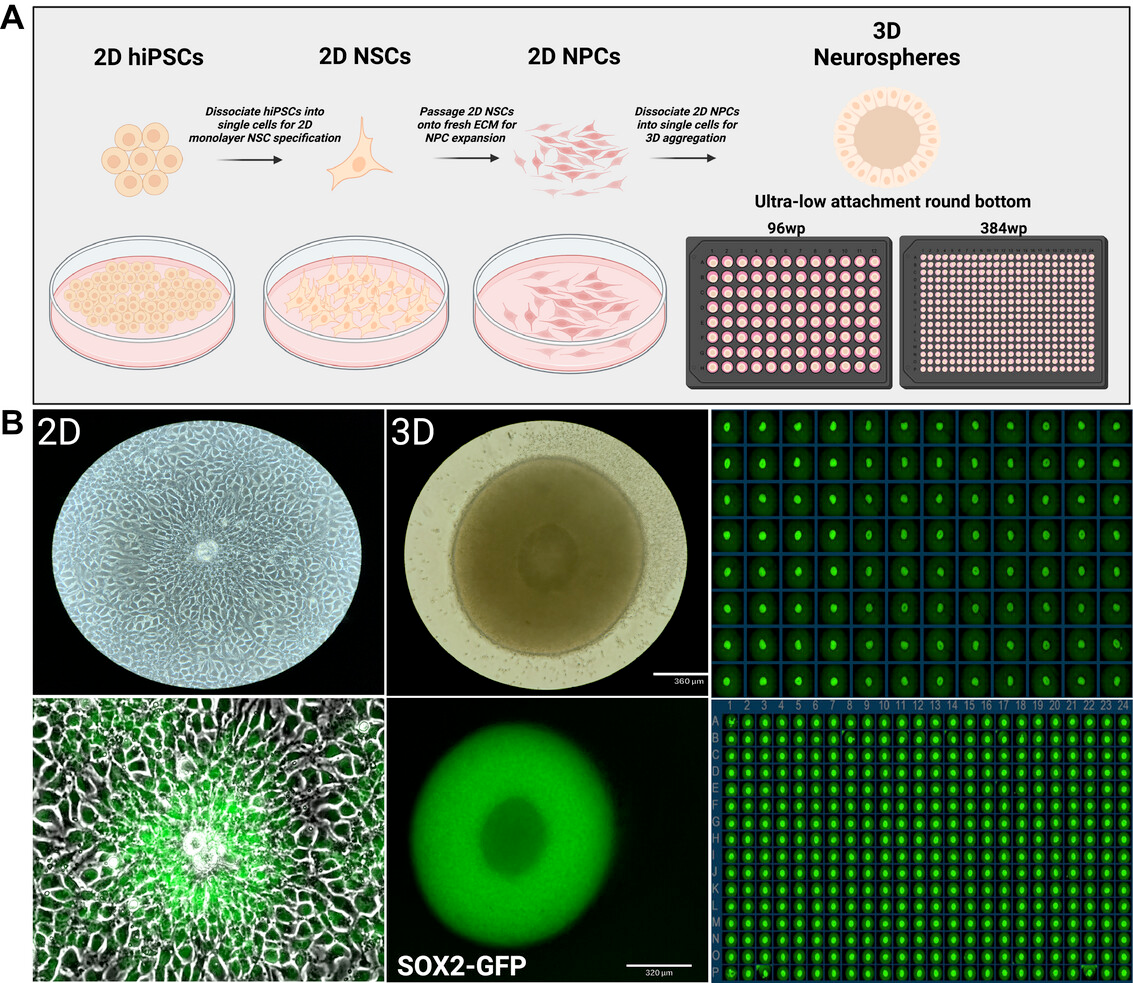
A Hybrid 2D-to-3D in vitro Differentiation Platform Improves Outcomes of Cerebral Cortical Organoid Generation in hiPSCs

Nilotinib-induced alterations in endothelial cell function recapitulate clinical vascular phenotypes independent of ABL1
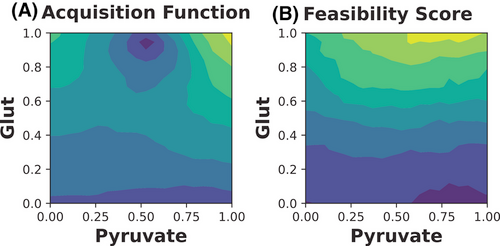
Multi-objective Bayesian algorithm automatically discovers low-cost high-growth serum-free media for cellular agriculture application
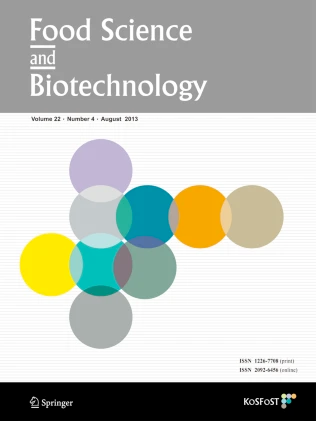
Future protein alternative: recent progress and challenges in cellular agriculture
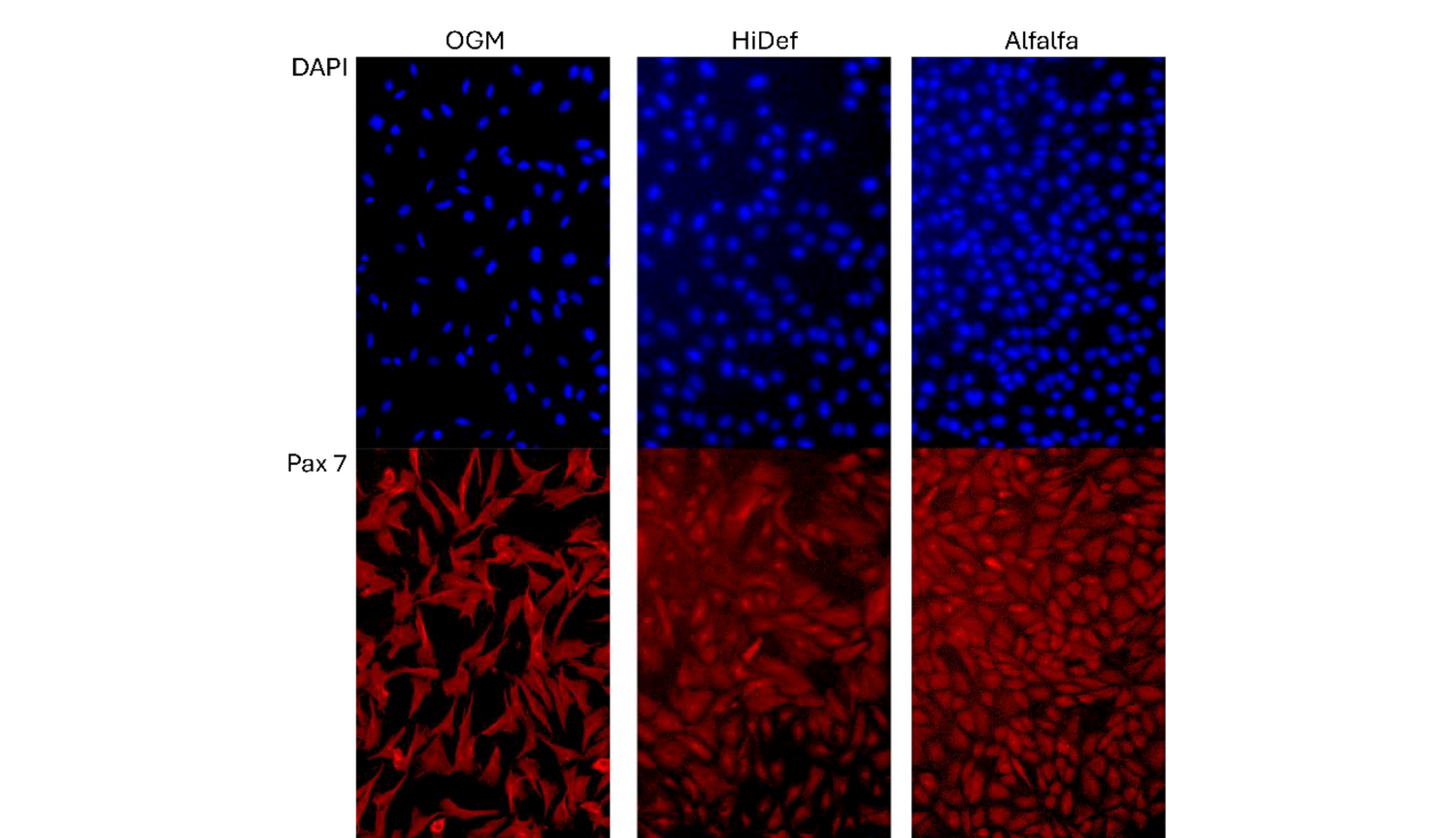
Evaluating the Efficacy of Serum-Free Media Supplemented with Protein Isolates for Bovine Satellite Cell Proliferation: A Sustainable Approach for Cultivated Meat Production
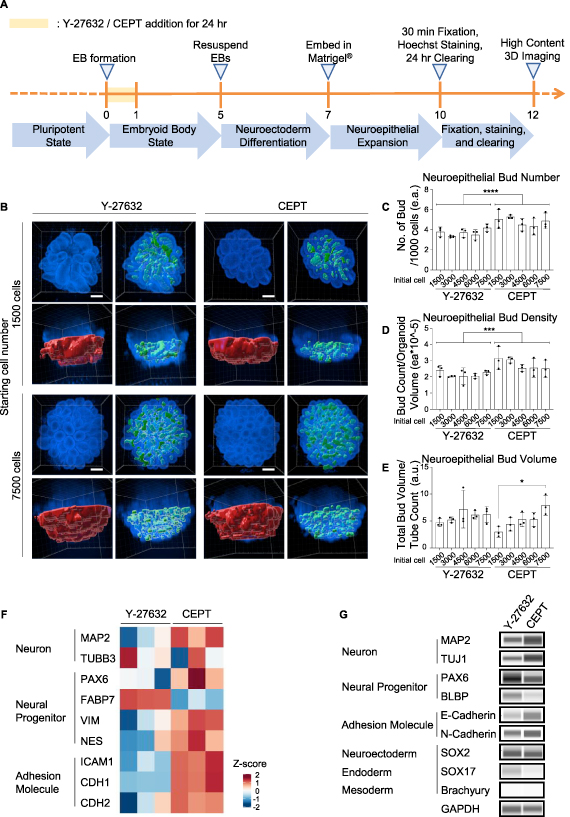
Stress-free cell aggregation by using the CEPT cocktail enhances embryoid body and organoid fitness
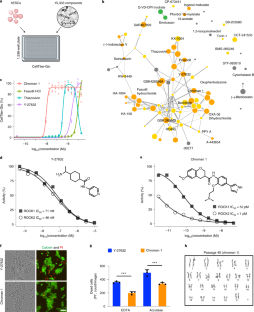
A versatile polypharmacology platform promotes cytoprotection and viability of human pluripotent and differentiated cells
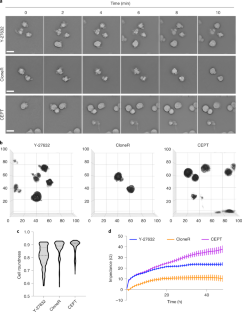
Efficient and safe single-cell cloning of human pluripotent stem cells using the CEPT cocktail

Microbial lysates as low-cost serum replacements in cellular agriculture media formulation

Sustainable Alternatives to Fetal Bovine Serum: Evaluating the Role of Plant and Insect Protein Isolates in Serum-Free Media for Bovine Satellite Cell Proliferation in Cultivated Meat Production
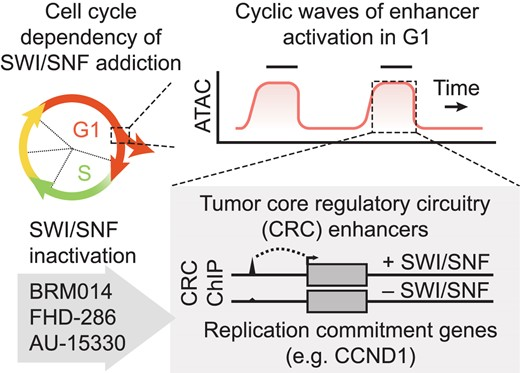
Reactivation of the G1 enhancer landscape underlies core circuitry addiction to SWI/SNF
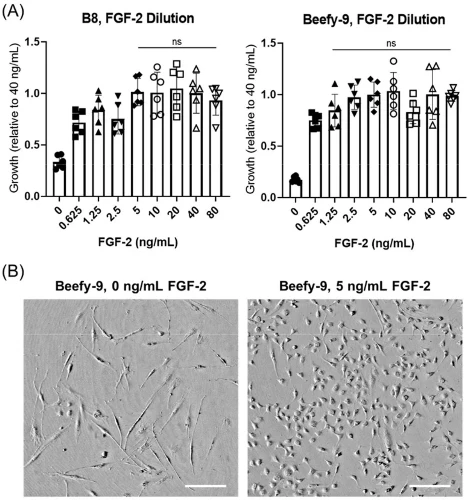
Simple and effective serum-free medium for sustained expansion of bovine satellite cells for cell cultured meat.
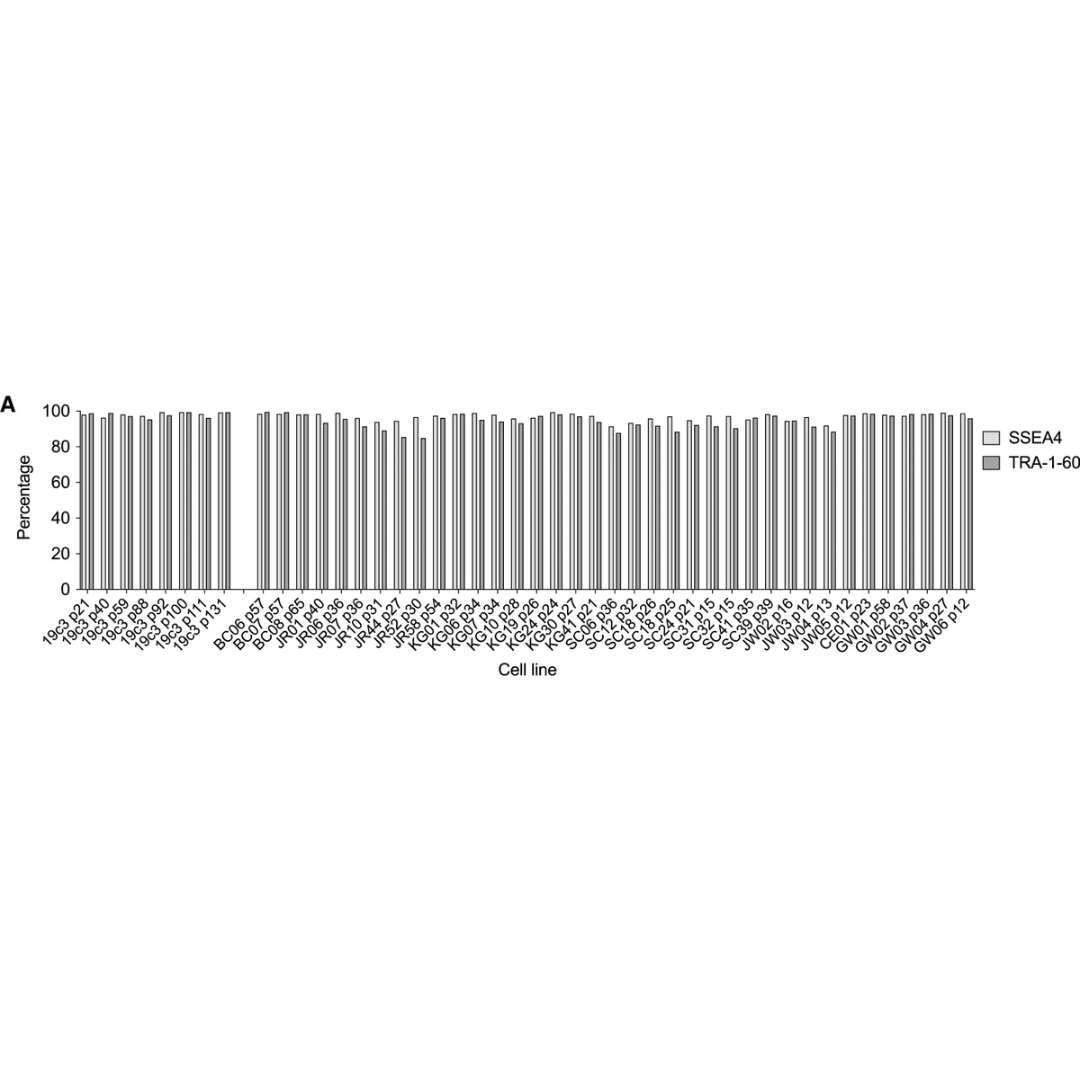
Negligible-Cost and Weekend-Free Chemically Defined Human iPSC Culture.
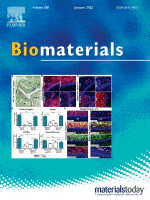
Large-scale cultured meat production: Trends, challenges and promising biomanufacturing technologies.


